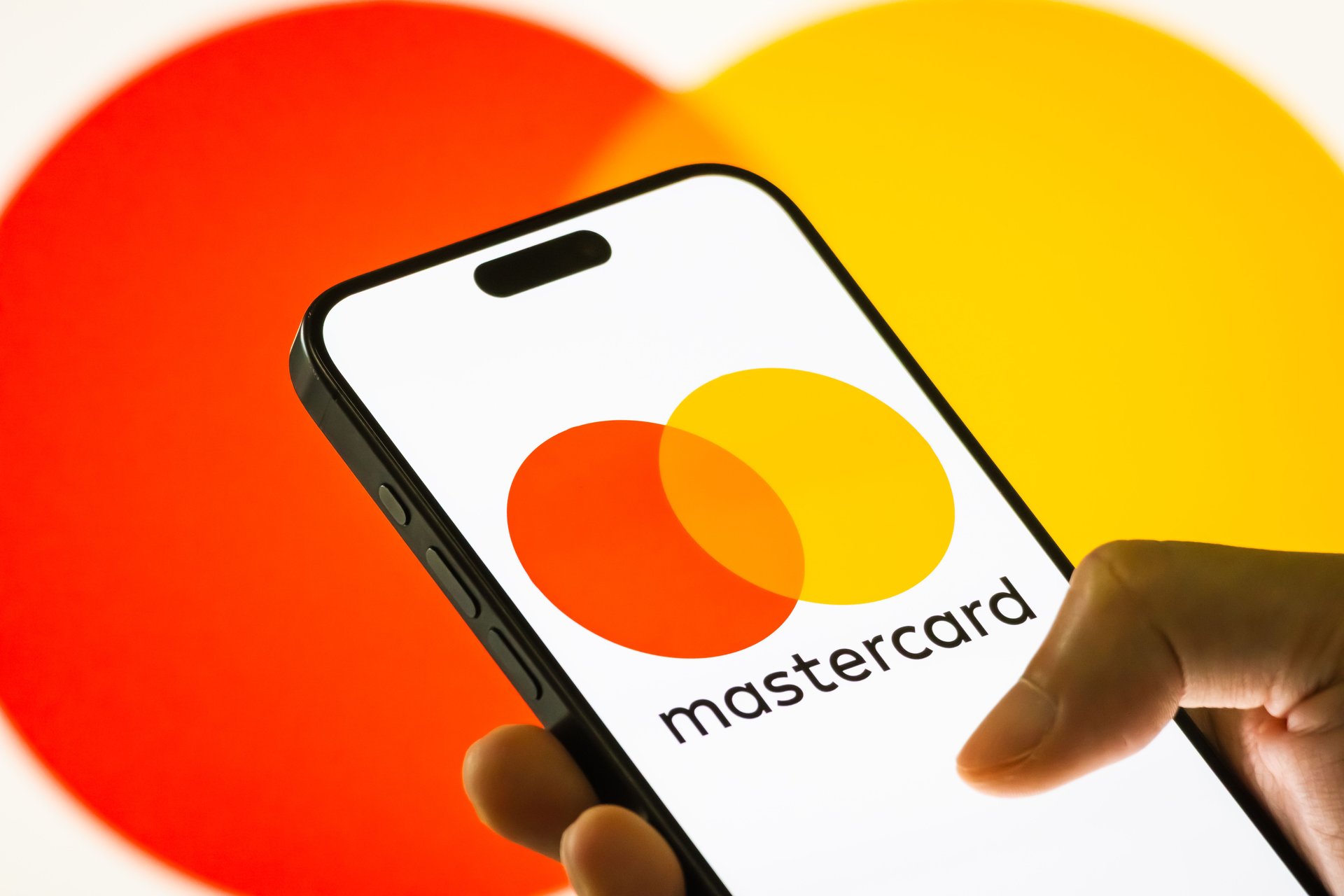Mastercard shows the cashless revolution isn't over yet
With $2.7 trillion in gross dollar volume and double-digit transaction growth, the payments giant proves the move away from cash is far from over

Cheng Xin/Getty Images
Mastercard’s second-quarter results are a good reminder that one of the biggest business transformations of the past 50 years — the shift from cash to digital payments — is still very much underway.
Suggested Reading
The card network posted net income of $3.7 billion, or $4.07 per share, just edging past the $4.02 consensus estimate. Revenue climbed 17% year over year to $8.1 billion, driven by continued growth in purchase volumes and in cross-border transactions, one of Mastercard’s more lucrative business lines.
Related Content
Gross dollar volume rose 9% to $2.7 trillion, with cross-border volumes up 15% as travel performed despite the volatile macro picture. The company processed an eye-popping 42.7 billion payment transactions, up 12% from a year earlier, reflecting both increasing consumer activity and Mastercard’s continued gains in debit, credit, and commercial payments.
Still room to run
In the U.S. and Western Europe, where the bulk of commerce is already digital, Mastercard is squeezing out more growth by capturing more everyday transactions — think transit fares, convenience-store purchases, and contactless restaurant orders. In emerging markets, the potential runway is much longer: In many countries, cash still accounts for half of consumer spending, and the company is expanding partnerships with banks, fintechs, and governments to keep accelerating card and wallet adoption.
The results also offer a read on consumer behavior and electronic payments more generally.
Because Mastercard sits at the center of global commerce (measuring its volumes in the trillions), the results function as a real-time pulse check on consumer behavior, especially among the affluent. These latest numbers suggest that while inflation and political volatility — including tariff-driven price pressures — remain concerns, high-income consumers are still willing to spend, particularly on travel. This pattern echoes major airlines’ recent results showing that premium categories continue to grow, even as spending moderates or pulls back among consumers at the lower end of the income bracket.
What’s more, while electronic payments may no longer sound like a new, disruptive story — because the infrastructure is now everywhere, and smartphones have made card payments almost invisible —Mastercard’s numbers suggest the mega-trend still has years, if not decades, to run. The revolution is so massive that we're somehow still in the early or middle part of the game, not the final inning.
Wall Street's reaction
Mastercard's combination of mature market share gains, emerging-market adoption, and high-margin services is why the company, alongside Visa, remains one of the most consistently profitable plays in the S&P 500.
Shares edged 1% higher in premarket trading Tuesday as investors take the small earnings beat and continued volume growth as a sign that this “old” story still has plenty of life left.
